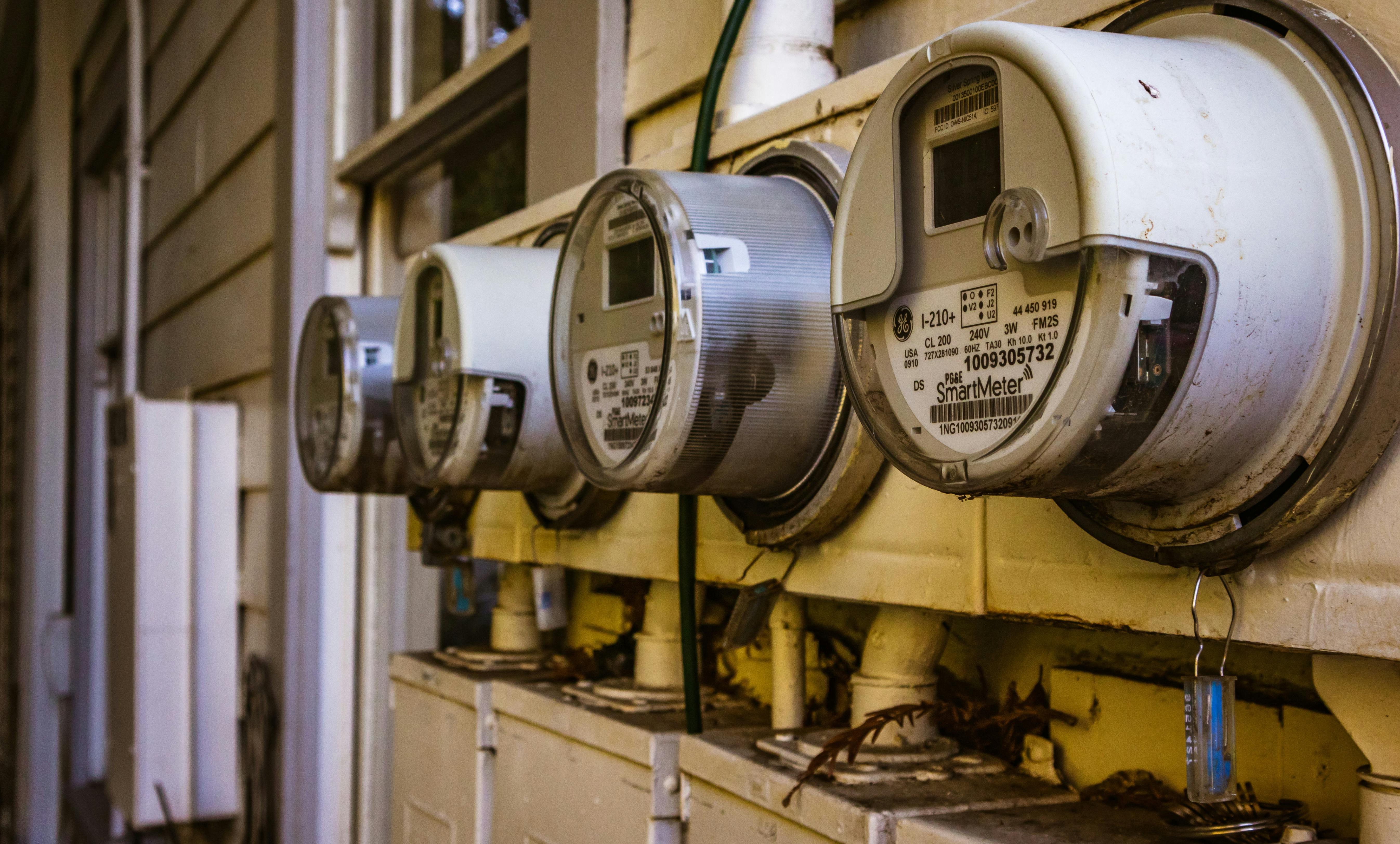The Golf Cart Market: The Unsung Heroes of Transportation and Leisure

Strong 8k brings an ultra-HD IPTV experience to your living room and your pocket.
The Global Golf Cart Market is witnessing substantial growth, with a projected market size increasing from $1.80 billion in 2023 to $2.87 billion by 2030. This growth reflects a compound annual growth rate (CAGR) of 6.00%. As the demand for golf carts rises beyond traditional uses on golf courses, they are becoming increasingly popular in various sectors such as tourism, residential areas, and commercial spaces. This blog explores the current state of the golf cart market, key players, market drivers, challenges, and future trends shaping this dynamic industry.
Market Overview of Golf Cart Market
Current Market Size and Growth Projections:
In 2023, the golf cart market is valued at $1.80 billion. The projected increase to $1.91 billion in 2024 indicates a steady growth trajectory. By 2030, the market is expected to reach approximately $2.87 billion, driven by innovation, changing consumer preferences, and the expanding applications of golf carts. The 6.00% CAGR signifies robust growth potential as more consumers recognize the utility and convenience of golf carts in various settings.
Key Market Players of Golf Cart Market
Several key players dominate the golf cart market, including:
- Yamaha Golf Cars
- Club Car
- Textron (E-Z-Go and Cushman)
- Guangdong Lvtong
- Suzhou Eagle Electric Vehicle Manufacturing
- Garia Inc.
- JH Global Services Inc.
- Marshell Green Power
- Xiamen Dalle Electric Car
- American Custom Golf Cars
- Columbia Vehicle Group Inc.
- Speedways Electric
- GolfBoard
- Golf Skate Caddy
- Bintelli Electric Vehicles
- citEcar Electric Vehicles
- AGT Electric Cars
These manufacturers are investing in research and development to innovate and improve the functionality and aesthetics of their golf carts.
Key Market Segments of Golf Cart Market
The golf cart market can be segmented by type and application.
Segmentation by Type
- Single Seat Golf Cart: Designed for individual use, these carts are ideal for quick trips and personal leisure. They are often compact, making them easy to maneuver in tight spaces.
- Walking Follow-up Golf Cart: These carts are designed for golfers who prefer to walk the course. They follow the player, allowing them to carry clubs and equipment without physically pushing a cart.
- Multiple Seat Golf Cart: These carts accommodate more passengers and are ideal for families, friends, or larger groups enjoying a day on the golf course.
- Entertainment Type Golf Cart: These are custom-designed carts that offer unique features such as enhanced seating, entertainment systems, and upgraded aesthetics for recreational use.
Segmentation by Applications
- Golf Courses: Traditionally the primary market for golf carts, golf courses utilize these vehicles to transport players and equipment across the expansive grounds.
- Tourist Attractions: Many tourist destinations are incorporating golf carts to facilitate easy transportation for visitors, enhancing their experience and accessibility.
- Residential Areas: Golf carts are increasingly popular in gated communities and residential developments, providing convenient transportation within the neighborhood.
- Campuses: Educational institutions are adopting golf carts for efficient movement around large campuses, facilitating easy transportation for students and faculty.
- Other Applications: Golf carts are finding applications in various sectors, including industrial sites, hospitals, and event venues, where mobility is a consideration.
Regional Analysis of Golf Cart Market
North America:
North America is the largest market for golf carts, driven by a strong culture of golf and recreational vehicle usage. The region is home to numerous golf courses, and the growing trend of using golf carts in residential communities contributes to market expansion. The United States is the primary driver, with states like Florida, California, and Arizona leading in golf cart adoption due to favorable climates and abundant golf facilities.
Europe:
The European market is witnessing increased adoption of golf carts in tourist attractions and residential areas. The focus on sustainability and eco-friendly transportation options is pushing the demand for electric golf carts across countries. Moreover, regions like the United Kingdom and Spain are experiencing growth in golf participation, which directly impacts the demand for golf carts.
Asia Pacific:
In the Asia Pacific region, countries like China and India are experiencing rapid urbanization, leading to the growth of golf courses and recreational facilities. The rising disposable incomes and changing lifestyles are contributing to the market's growth. Additionally, countries like Japan and South Korea are also witnessing increased interest in golf, further enhancing the demand for golf carts.
Latin America:
The Latin American golf cart market is still in its early stages, but there is a growing interest in golf and recreational activities, particularly in countries like Brazil and Mexico. The tourism sector is also boosting demand for golf carts in these regions. As golf courses expand and new facilities emerge, the market is expected to gain traction.
Middle East & Africa:
The Middle East and Africa are witnessing an increase in the use of golf carts, particularly in luxury resorts and gated communities. The region's unique landscape and climate make golf carts a practical mode of transportation. Countries like South Africa are seeing a rise in golf participation, contributing to the overall growth of the market.
Market Drivers of Golf Cart Market
- Growing Popularity of Golf: The global interest in golf continues to grow, driving demand for golf carts. As more individuals take up the sport, the need for efficient transportation on the course becomes apparent. The increase in golf course construction and renovation also boosts the market. With various initiatives aimed at making golf more accessible and appealing to younger audiences, the sport’s popularity is expected to continue rising.
- Rise of Eco-Friendly Transportation: With a growing focus on sustainability, electric golf carts are gaining popularity as a green alternative to traditional gas-powered vehicles. Many consumers prefer electric options due to their reduced environmental impact and lower operating costs. As governments implement stricter emissions regulations, the demand for electric carts is likely to grow further, aligning with global sustainability goals.
- Urbanization and Lifestyle Changes: As urban areas expand, the need for efficient short-distance transportation increases. Golf carts offer a convenient solution for navigating residential communities, campuses, and tourist attractions, leading to higher demand. The changing lifestyles of consumers, who are looking for alternatives to traditional vehicles for short trips, also contribute to the increased adoption of golf carts.
- Customization and Innovations: The ability to customize golf carts with unique features and aesthetics attracts consumers. Manufacturers are introducing innovative designs, advanced technology, and enhanced comfort, which are appealing to a broader audience. Features such as GPS systems, Bluetooth connectivity, and personalized designs are becoming increasingly popular among consumers, driving sales.
Challenges Facing the Golf Cart Market
- Regulatory Hurdles: Manufacturers and consumers face challenges related to regulations governing the use of golf carts on public roads. Local laws can vary significantly, affecting where and how golf carts can be utilized. Some regions may have strict regulations regarding speed limits, safety features, and road usage, making it essential for manufacturers to ensure compliance to avoid legal issues.
- Competition from Other Vehicles: The golf cart market competes with other forms of transportation, such as bicycles, scooters, and electric vehicles. As alternative mobility options gain popularity, golf carts must differentiate themselves to capture market share. Manufacturers need to emphasize the unique benefits of golf carts, such as their utility in recreational settings and ease of use in specific environments.
- Economic Factors: Economic downturns can impact consumer spending on recreational vehicles, including golf carts. Fluctuations in disposable income and overall economic stability can influence purchasing decisions. In addition, the rising costs of materials and manufacturing could affect pricing, potentially leading to decreased demand if prices become prohibitive for consumers.
- Technological Advancements: Rapid advancements in technology mean that golf cart manufacturers must continuously innovate to keep up with consumer expectations and industry trends. Failure to do so can result in lost market share. Staying ahead of technological developments, such as improved battery technology and smart features, is critical for manufacturers to remain competitive.
Future Trends in the Golf Cart Market
- Electric and Hybrid Models: The future of the golf cart market is likely to be dominated by electric and hybrid models, as consumers become more environmentally conscious. Innovations in battery technology will improve range and efficiency, making electric golf carts a viable option for more users. Additionally, advancements in charging infrastructure will further support the transition to electric models, allowing for easier access to charging points in various locations.
- Smart Golf Carts: As the Internet of Things (IoT) becomes more prevalent, smart golf carts equipped with GPS, Bluetooth connectivity, and advanced tracking systems are emerging. These features enhance user experience and provide additional functionality. For instance, smart golf carts can offer real-time tracking of location and speed, as well as maintenance alerts, making them more appealing to tech-savvy consumers.
- Customization Options: Customization will continue to be a significant trend, with consumers seeking golf carts that reflect their personal style and preferences. Manufacturers will likely offer a wider range of options for customization, from aesthetics to functionality. Personalization features could include color choices, seating configurations, and additional accessories, allowing consumers to create a golf cart that suits their individual needs.
- Focus on Safety Features: With an increase in the use of golf carts in various applications, safety features will become a priority. Manufacturers will incorporate advanced braking systems, lights, and visibility enhancements to ensure user safety. Features such as collision detection and automatic braking may become standard in modern golf carts, catering to safety-conscious consumers.
- Integration with Golf Technology: The integration of technology such as GPS systems and golf course mapping will enhance the functionality of golf carts. Players will benefit from improved navigation and access to real-time course data, making their golfing experience more enjoyable. Additionally, golf carts that can sync with mobile apps to provide statistics, track scores, and suggest club choices will become increasingly popular.
New Applications of Beyond Golf
As golf carts become more versatile, manufacturers will explore new applications beyond traditional golf settings. The tourism sector, for instance, is seeing a rise in the use of golf carts in theme parks, resorts, and large event venues. Additionally, the adoption of golf carts in urban environments for short-distance travel is expected to increase as cities look for sustainable transportation solutions.
Conclusion
The golf cart market is poised for significant growth over the next several years, with projections indicating an increase from $1.80 billion in 2023 to $2.87 billion by 2030. Driven by factors such as the growing popularity of golf, urbanization, and a shift toward eco-friendly transportation, the market is expanding into various sectors beyond traditional golf courses.
Key players like Yamaha Golf Cars, Club Car, and Textron are investing in innovation, customization, and sustainability to meet evolving consumer demands. As technology advances and consumer preferences shift, the golf cart market will continue to adapt, providing exciting opportunities for growth and development. By understanding the dynamics of the golf cart market and recognizing the trends and challenges ahead, stakeholders can position themselves strategically to capitalize on this burgeoning industry. The future of the golf cart market looks promising, with endless possibilities for innovation and expansion.
Note: IndiBlogHub features both user-submitted and editorial content. We do not verify third-party contributions. Read our Disclaimer and Privacy Policyfor details.







